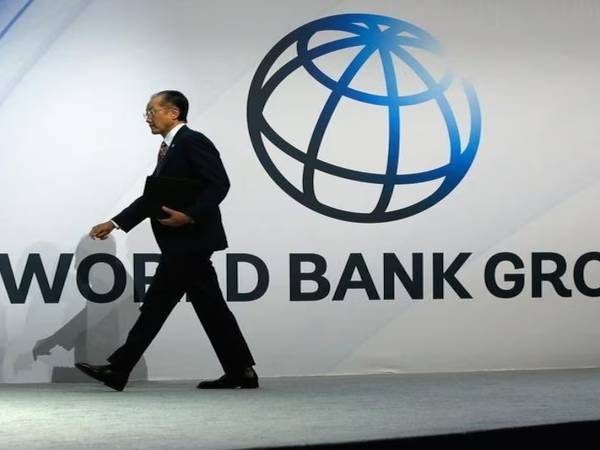After relatively strong GDP growth in 2023, Iran's economic growth would decelerate in the current and next two years, World Bank reported Wednesday.
According to the report, Iran's GDP experienced a 5% growth in 2023, but it would slow down to 3.2% in the current year, 2.7% and 2.3% in next two years.
The relatively strong economic growth was related to Iran's oil export boom as well as the service sector.
According to OPEC's statistics, Iran's oil production surpassed 3 million barrels per day in 2023, 22% more than the previous year. The production level reached 3.2 mb/d in March and hasn't increased more.
Before US sanctions imposed in 2018 and expanded in 2019, Iran’s crude oil output was above 3.8 mb/d in 2017. It declined to below 2 mb/d in 2020, but since Joe Biden took office at While House, Iran’s oil production began to increase. This was the result of more crude exports to China that had dwindled to less than 200,000 barrels p/d during the Trump administration.
Kpler’s, an industry analyst, has issued figures showing that Iran’s oil exports increased from 350,000 b/d in 2020 to about 1.5 mb/d in the first half of 2024.
Despite the rapid growth, Iran's petrodollar revenues have not kept pace with the increase in oil export volume due to the heavy costs of US sanctions. Not only Iran has to offer China discounts, but also the illicit transfer of oil incurs more expenses.
According to Iran's customs statistics, the country's crude oil and mazut export revenues increased by only 7% last year, reaching $36 billion. Under normal conditions, given the export volume and oil prices, revenues would have exceeded $44 billion.
Iran offers at least $13/barrel discount for Chinese refineries, according to Reuters.
Iran's Statistical Center's reports show the country's 5% GDP growth in the last year was related to 22% oil production growth as well as 17% growth in government expenditures (compared to 2011 base-year).
World Bank says GDP growth is projected to moderate in the Islamic Republic of Iran for the three fiscal years beginning in FY2024/25, while uncertainty around the outlook is elevated: "The moderation partly reflects subdued global demand, the ongoing effects of international sanctions, and domestic energy shortages."
Iran faces a severe electricity deficit in summers and a huge amount of gas deficit in winters. The government put a limit to supply energy to industrial sector to compensate for the housing energy demand.
The industrial sector loses about $6-8 billion annually due to energy deficit.
Previously, the International Monetary Fund also estimated that Iran's GDP would decelerate continuously between 2024-2026.
